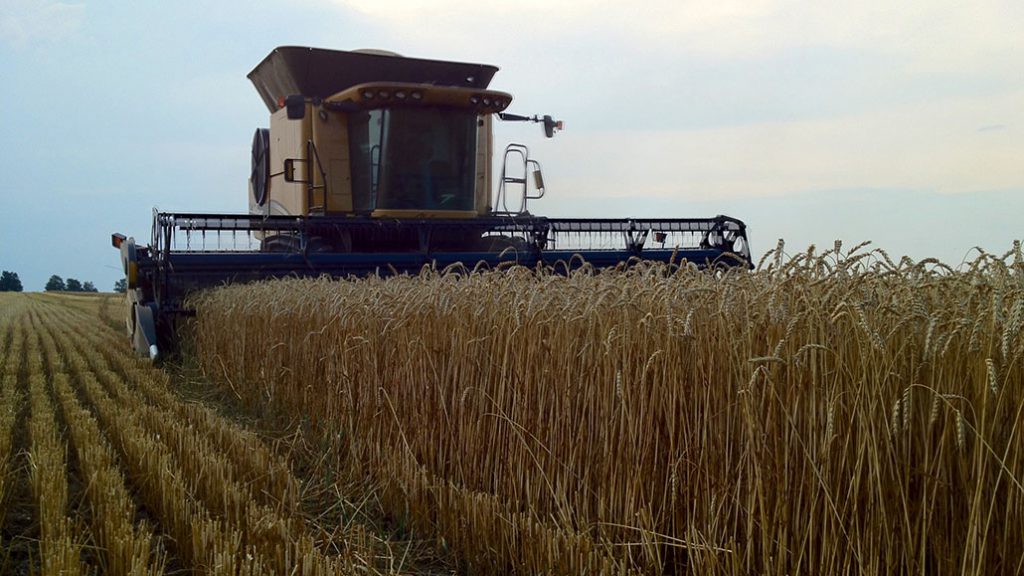Financial analysis
BMO ISSUES NORTH AMERICAN REPORT

DESPITE ONGOING TRADE concerns and rising business costs, Bank of Montreal (BMO) analysts say a favourable exchange rate between the Canadian and American dollar means Canadian grain producers face a positive market outlook.
EXCHANGE RATE BOON
In commenting on BMO’s 2018 North American Harvest Report, Adam Vervoort, national agriculture director for BMO, says the past year has been very positive for the crop sector overall, despite some drawback from factors such as a late harvest.
Indeed, the outlook for grain producers in Ontario specifically is likely the most positive news nation-wide.
According to Vervoort, large global grain stocks, good growing years, and trade issues stemming from south of the border have contributed to a general depression in grain prices over the last couple years. However, the Canadian dollar — currently marked to enter 2019 at under $.80 USD — continues to insulate Canadian farmers from some of the market pressures currently squeezing their American counterparts.
The fact that much of Ontario saw another year of excellent corn and soybean yields, he says, adds to a generally rosy outlook.
INTEREST CONCERNS
Aaron Goertzen, senior economist and vice-president of economic research at BMO, reflects Vervoort’s sentiments.
“Benchmark prices are still low and came down again this year. The exchange rate makes the price much better,” he says. “Canadian farmers are, by in large, in a pretty good shape. The currency story is a big part of that.”
As the author of the most recent harvest report, Goertzen says things should stay positive as long as the loonie remains low — something he does not anticipate changing in the near future. However, both Vervoorts and Goertzen express some concern over rising interest rates.
As the Bank of Canada continues to raise interest rates to more neutral levels — currently defined by the bank as “within a one to two per cent range, or three to four per cent in nominal terms” — producers will inevitably start feeling more financial pressure. A neutral rate, though, hasn’t been seen for over a decade.
“It’s a new pressure that people who started farming within the last 10 years haven’t experienced,” Goertzen says.
Still, Vervoort reiterates that interest rates are not rising at speed.
“Overall we feel the sector is in very good shape. Producers shouldn’t be losing sleep over it,” he says.
TRADE, COST OF PRODUCTION TROUBLES
Because Canadian grain values are so heavily tied to American market realities, both Vervoort and Goertzen say the ongoing trade disputes between the United States and other countries — notably China — continue to be major areas of concern. This will become more significant if high yield trends and lower demands continue putting downward pressure on commodity prices.
Goertzen adds that increases in operational costs will also compound profitability problems.
“We’ve seen higher oil and fuel costs in the past year. Wage growth could also apply pressure,” he says.
OPPORTUNITIES TO INVEST IN THE FARM
As described by Vervoort in BMO’s harvest report, however, the current possibilities for higher revenues also provides an opportunity for producers to invest in technology — something which can bring greater production efficiency and more protection from factors beyond their control.
“Technology is providing farm operators a significant opportunity to drive greater efficiency in their operations,” says Vervoort.
“Even with moderately climbing interest rates, improved efficiencies in farm operations should help improve profitability and cash flows, leaving farmers better positioned to handle interest rate bumps.” •


























